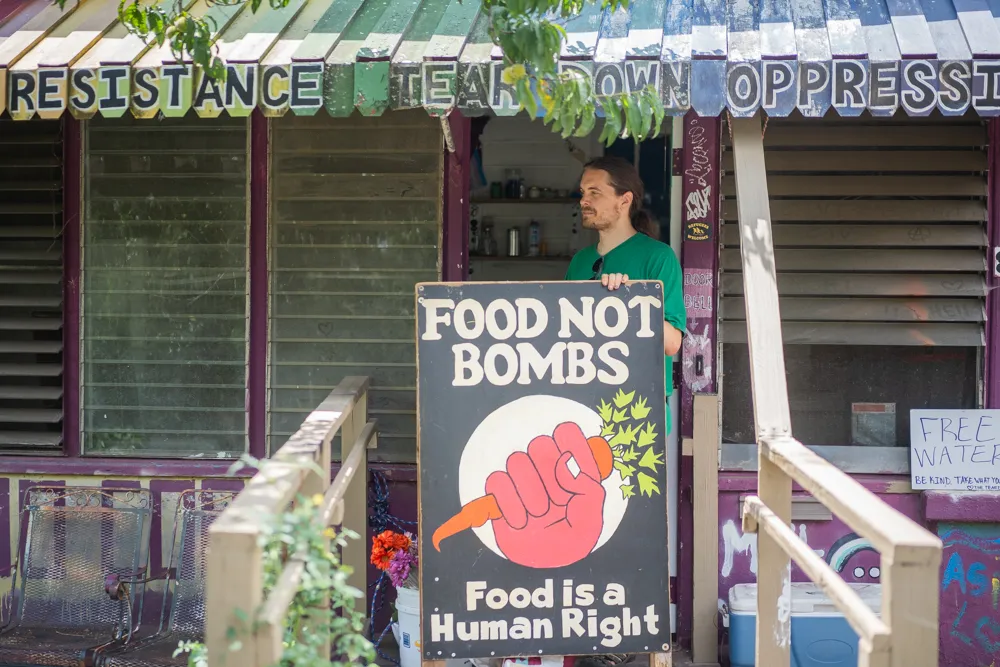The Cost of Living Project: How Mutual Aid Transforms Communities

The Power of Mutual Aid in Addressing Cost of Living
Cost of living projects emphasize the need for community support through mutual aid. Such initiatives offer resources that go beyond charity, focusing instead on sustainability and empowerment. The importance of these networks cannot be overstated, especially in times of economic challenges.
Benefits of Mutual Aid Programs
- Access to Essential Resources: Organizations provide free groceries, healthcare services, and more.
- Building Political Power: Mutual aid promotes engagement and collective action within communities.
- Strengthening Bonds: These initiatives cultivate a supportive environment that fosters trust and collaboration.
Real-World Examples of Effective Mutual Aid
Across the nation, various organizations are implementing cost of living projects that harness the power of mutual aid.
- Canopy Atlanta: Addressing mental health through community resources.
- Neighborhood Groups: Creating localized support systems that emphasize accessibility.
- University Initiatives: Involving students in community engagement and support.
In summary, the cost of living project exemplifies how mutual aid can lead to meaningful change in communities.
Disclaimer: The information provided on this site is for informational purposes only and is not intended as medical advice. We are not responsible for any actions taken based on the content of this site. Always consult a qualified healthcare provider for medical advice, diagnosis, and treatment. We source our news from reputable sources and provide links to the original articles. We do not endorse or assume responsibility for the accuracy of the information contained in external sources.
This article was prepared using information from open sources in accordance with the principles of Ethical Policy. The editorial team is not responsible for absolute accuracy, as it relies on data from the sources referenced.